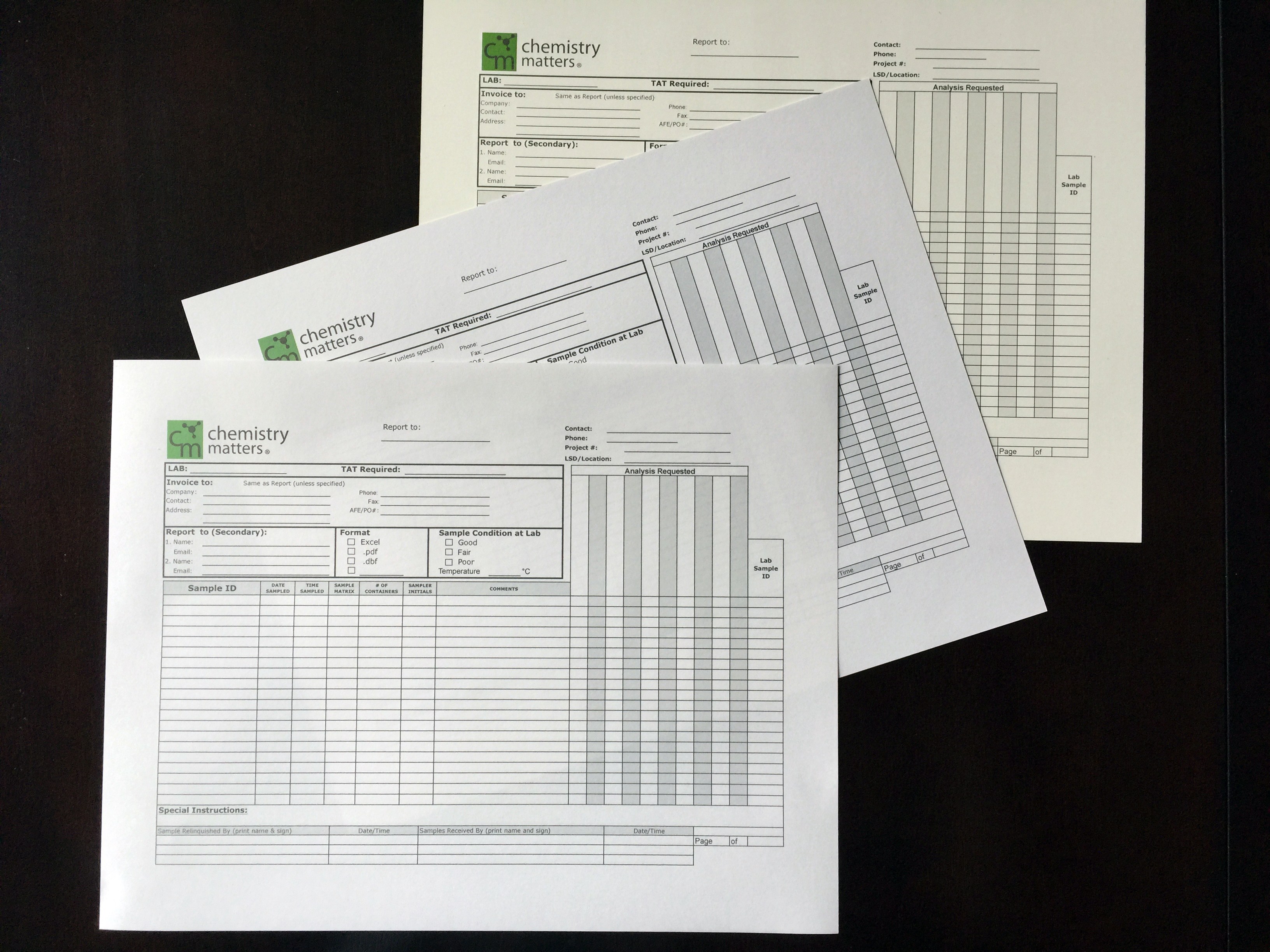For the last few years we have spent a lot of our free time collecting sediment samples from rivers across southern Alberta and characterizing these for Polycyclic Aromatic Hydrocarbons (PAHs). Often driving many hours across prairie gravel roads for a single good sample, it quickly became a passion of quality science, but also a journey of understanding the rivers themselves.
Why?
The dry, scientific answer goes like this…
PAHs are a recalcitrant component of oil spills - oil generally contains between 0.5 and 5% PAHs by mass, and they are the main group of chemicals that guide long term assessment of the environment post-spill. However, as part of our oil spill response work, we know that even clean rivers contain PAHs, often at concentrations above the regulatory guidelines. These PAHs can originate from a range of sources depending on the local and regional land use, water chemistry and hydrogeology. Natural sources include oil seeps, exposed coal seams and forest fires, as well as other anthropogenic sources, like urban wastewater discharges, and vehicular emissions and road runoff, even deposition from the atmosphere brings PAHs from long ranges. Being able to determine what is naturally present in a river helps us determine where PAHs from an oil spill may reside.
The more truthful answer goes like this…
We like data. One of the underlying principles in how we conduct our work is if something doesn’t make scientific sense then you don’t have enough information – you are missing data. Environmental statistics and forensic methodologies all rely on having a good set of data. So, we like data.
By the fall of 2016 we had compiled a database of Polycyclic Aromatic Hydrocarbons (PAHs) in river sediments in Alberta and Saskatchewan from specific oil spills investigations. However, although this was suitable for characterizing each specific site, this left us wondering about where these PAHs were coming from.
We knew from the PAH fingerprints what the types of source were, but we could not specifically identify a source. Good science is an addiction, and as addicts, we were hooked on answering the question. Where did the PAHs come from that were present in all of the Alberta and Saskatchewan rivers that we have sampled over the years?
This series of posts describes what we have done so far, what we are busy doing right now, and what we hope to achieve from all of this driving around Alberta.


-1.png?width=859&name=Sample%20%231%20(2)-1.png)

.jpg?width=859&name=Archery%20photo%20(3).jpg)